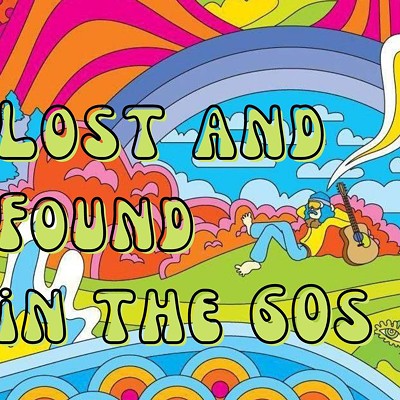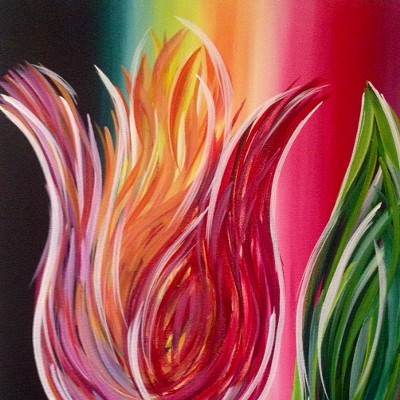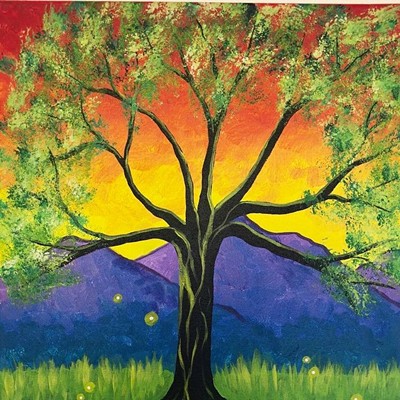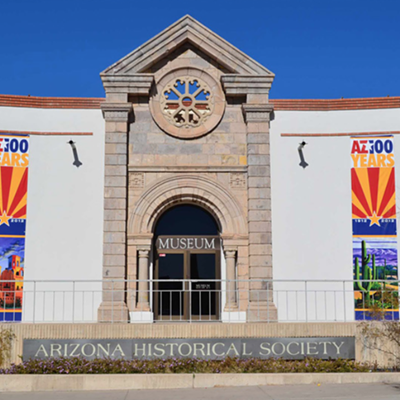His art remains, though. A Leonard Chana retrospective art exhibit, tribute and benefit is planned for Saturday, May 22, at Muse.
Native American art dealer Mark Bahti describes Chana as "one of only a few Tohono O'Odham artists who have created works of art on paper as a career. Some people collected his work because of that, but what really attracted many people was his depiction of life on O'Odham land in the 1950s and '60s. What Leonard did was portray that time, that life, with fondness, with dignity, with accuracy, with a wonderful attention to detail and often with a gentle humor. And now, for many of us, it feels like a curtain has been drawn across those scenes."
Leonard, the youngest of six, was born in Kaj Mek (Burnt Seed), the O'Odham village now called Santa Rosa. English was his second language. The only formal art training he received was as a teenager at a Sherman, Calif., boarding school.
Leonard's drawing began as a form of therapy when he began his recovery from alcoholism in the early '80s. At about that same time, he met his future wife, Barbara.
"Leonard was always doodling at meetings when we were both working for TUSD in Indian education," she says. Friends encouraged his talent. According to Barbara, one in particular, Paul Forgach, made an impression when he told Leonard, "You have to value what you have been given." Those words guided his entire career, she says.
Many in the community value what Chana was most willing to share: He contributed to anthologies, provided illustrations for children's and other books by Byrd Baylor, created poster art for Indian Health Services and various tribal and community publications, and apparently never turned down anyone who needed an illustration for a just cause.
"I was many times humbled by his giving," Barbara says. "It was never a loss for him. He never felt a sense of loss."
Good friend Al Peyron says Leonard had always intended to have an art show, but always had too many patrons waiting for his work. As soon as a painting was finished, it was sold. His widow says there are paintings owned by collectors that she has never seen.
Even while dying, he was giving. Leonard Chana was nearly killed by flesh-eating bacterial disease two years prior to his death. He had barely recovered himself when he went out to the reservation to take care of an ill sister. When he developed dizziness and other odd symptoms, doctors did not know what was the matter. Too late, they found out he had contracted a parasite common in Latin America and other Third World countries that, until recently, was rare in the United States. Cysts developed on his brain, and a disease that is treatable when caught early was fatal to Leonard. It's possible that Leonard's death will prevent others from dying from this disease, as local health officials are now aware that neurocysticarcosis has arrived in this county.
Believing "the Creator had something for him to do someplace else" is how O'Odham wood carver Donny Preston copes with the loss of his close friend. "Leonard was always smiling. He would never hold hard feelings about people. He was a very spiritual person."
For the last few years of his life, Leonard was working on a book about his art with writer Susan Lobo. In a comment about his work that she selected from transcripts of their conversations, Leonard wrote: "My first art was drawing of my pride in being Indian. I drew Indians with feathers, teepees ... Hollywood Indian. But I felt something missing in my heart--the same feeling I got coming home from boarding school after five years. Memories of a comfortable time when all the elders were there, and the magic of culture and tradition that kept us alive swirled through and around us. Now the elders are gone, and there are few left to teach but bits and pieces of the O'Odham himdag (the way of the people).
"My pen and brush keep my memories alive, and also the desert, where a young boy's shadow still makes its way through the towering saguaros."











